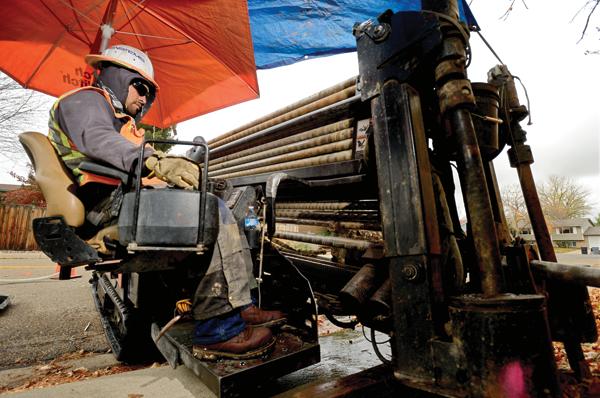by Karl Bode
As we’ve noticed in the past, if there’s a place to start fixing U.S. broadband competition, it’s the nearly two-dozen state protectionist broadband laws written and passed by the nation’s incumbent ISPs. Said laws either hinder or outright ban towns and cities from building and/or improving their own broadband networks, even in cases where local private companies refuse to. In several instances, the laws even prohibit government collaboration with private companies in any way.
The laws are usually passed under the pretense of protecting communities from their own financial missteps, with assorted industry mouthpieces like Marsha Blackburn playing up the failures of a few select municipal broadband projects. Of course, like any business plan, these ventures can be built on solid or rotten frames, and several have beenquite successful. In contrast, these protectionist laws take local choice away entirely, replacing it with mechanisms that do little more than insulate the nation’s lumbering broadband mono/duopoly from competition of any kind. Continue reading






